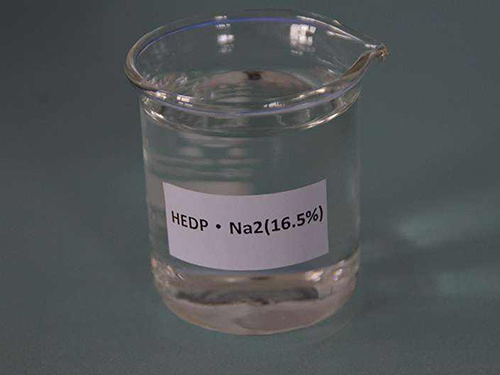coagulant flocculant
The Role of Coagulants and Flocculants in Water Treatment
In the realm of water treatment, coagulants and flocculants play a vital role in ensuring that water is clean and safe for consumption. These chemical agents are essential in the processes of removing suspended particles and impurities from water, making them crucial for municipal water supply systems, industrial applications, and wastewater treatment facilities.
Understanding Coagulants
Coagulants are substances that promote the aggregation of particles in water through a process known as coagulation. When added to water, coagulants neutralize the negative charges on suspended particles, allowing them to clump together and form larger aggregates, or flocs. This process is usually rapid and occurs in the initial stage of water treatment. Common coagulants include aluminum sulfate (alum), ferric sulfate, and polyaluminum chloride.
The choice of coagulant depends on various factors, including the type of impurities present in the water and the desired quality of the treated water. For instance, alum is widely used due to its effectiveness in removing turbidity and its relatively low cost. However, the use of coagulants must be carefully controlled, as excessive addition can lead to secondary pollution and other issues in the treatment process.
The Flocculation Process
Once coagulation has taken place, the next step is flocculation. Flocculants are agents that enhance the process by promoting the growth of larger flocs from the smaller aggregates formed during coagulation. This is achieved through either chemical or mechanical means. Flocculants can be natural (such as starch or guar gum) or synthetic (like polyacrylamides).
The flocculation process occurs over a longer duration than coagulation and typically involves gentle stirring to encourage the collision and bonding of particles. This is crucial as larger flocs settle more easily during subsequent sedimentation, resulting in more efficient removal of impurities from the water. The effectiveness of flocculants is determined by their ability to bridge between particles, facilitating the agglomeration process.
coagulant flocculant

Advantages of Using Coagulants and Flocculants
The application of coagulants and flocculants offers several advantages in water treatment. Primarily, they significantly reduce the turbidity of water, improving its clarity and aesthetic appeal. Clean water is not only essential for human consumption but also for various industrial processes.
Furthermore, the use of these agents can decrease the need for extensive filtration systems, thereby reducing operational costs. Efficient coagulation and flocculation can enhance the overall efficiency of water treatment systems, leading to less energy consumption and lower treatment costs.
Additionally, coagulants and flocculants can aid in the removal of pathogens and other harmful microorganisms from the water. This is crucial for ensuring that the treated water meets health and safety regulations, protecting public health and the environment.
Challenges and Considerations
Despite their numerous benefits, the use of coagulants and flocculants is not without challenges. One major consideration is the potential for chemical residuals in treated water. This can occur if coagulants are not adequately removed during the treatment process, leading to concerns about water quality. Moreover, the varying characteristics of water sources can affect the efficiency of these agents, necessitating precise dosages and careful monitoring.
In conclusion, coagulants and flocculants are indispensable tools in the water treatment industry. They enhance the efficiency of removing impurities and improve water quality, thereby ensuring safe drinking water and supporting various industrial applications. Understanding their role and optimizing their usage is critical for achieving sustainable water management practices in our rapidly changing world.
-
Pbtc Scale InhibitorPBTC: A Scale Protector for Industrial Water TreatmentNewsAug.05,2025
-
Organic Phosphonate: An Efficient Defender in the Field of Scale InhibitionNewsAug.05,2025
-
Hydrolyzed Polymaleic Anhydride: Green Pioneer in Scale Inhibition FieldNewsAug.05,2025
-
PAPEMP Polyamino Polyether Methylene Phosphonic Acid For SaleNewsAug.05,2025
-
Flocculant Water Treatment: A Pioneer in Purification in the Field of Water TreatmentNewsAug.05,2025
-
Benzyl Isothiazolinone: An Efficient and Broad-Spectrum Antibacterial Protective GuardNewsAug.05,2025





